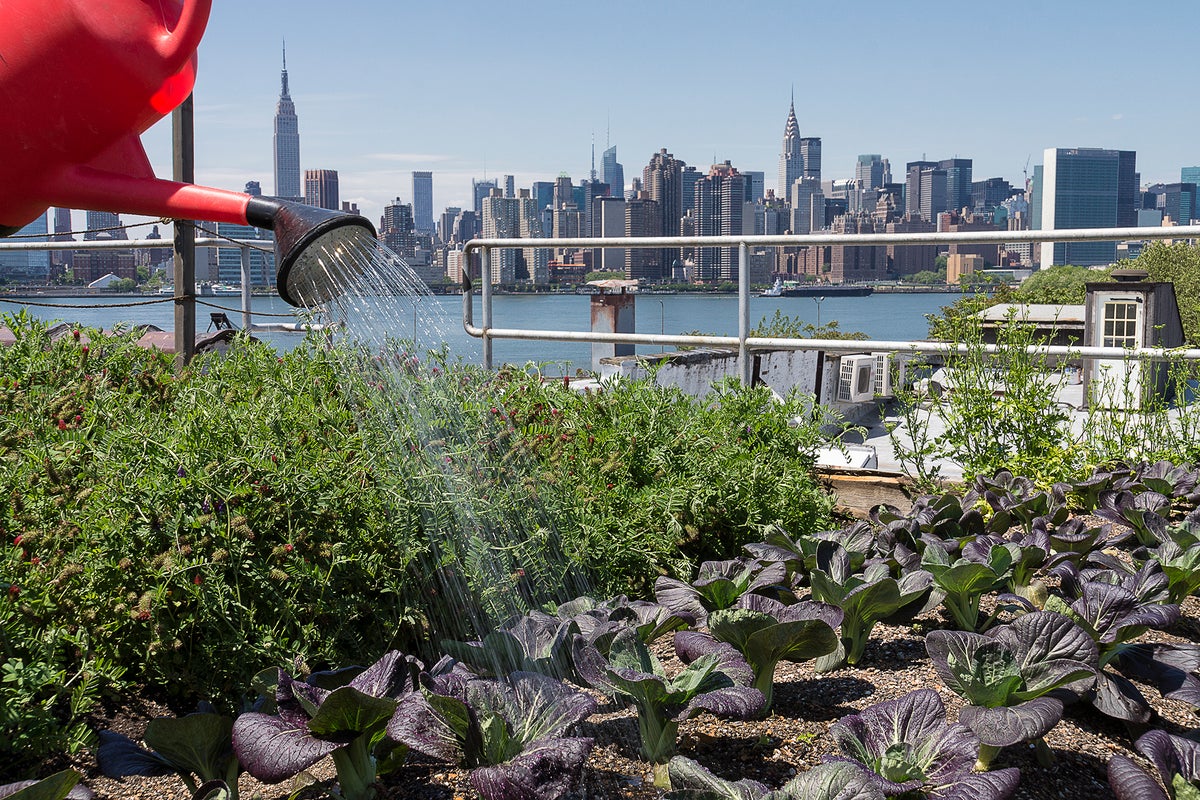The 9-Second Trick For City Blooming
The Greatest Guide To City Blooming
Table of ContentsCity Blooming Fundamentals ExplainedFascination About City BloomingAn Unbiased View of City BloomingSome Known Factual Statements About City Blooming What Does City Blooming Do?
Intrigued in growing food available for sale in the City of Chicago? Considering starting an area yard? Adjustments to the Chicago Zoning Statute permit agricultural usages like community gardens and metropolitan ranches in many components of the city. Below is a list of regularly asked inquiries pertaining to the policies and regulations that growers must think about when preparing a city farming task.
The zoning amendment does not customize any various other codes dealing with composting, structure authorizations, acquiring or renting City possessed building, company licenses or environmental contamination. There are existing codes that control these problems and they remain completely impact and may apply to your project. Neighborhood gardens are generally possessed or handled by public entities, public organizations or community-based companies and preserved by volunteers.
Urban ranches expand food that is planned to be offered, either on a not-for-profit or for-profit basis. As a result of their industrial objective, metropolitan ranches require a service license. Yes. A neighborhood garden is allowed to offer surplus create that was expanded on site if the sales are accessory or subordinate to the yard's key function defined over.
The 10-Minute Rule for City Blooming
The amount of garden compost product can not exceed 25 cubic lawns at any type of provided time according to the criteria in 7-28-715 of the City's Municipal Code. Because the soil at the majority of new yard sites needs changing, garden compost, dirt, wood chips, or various other products can be gotten to construct or boost the growing space.

If a structure permit is required after that the hoophouse will be considered an accessory structure. You can discover more regarding the building authorization needs by speaking to the Division of Structures. The 25,000-square-foot size limit is planned to avoid a single community garden from controling an offered block or diminishing the block's existing household or business character.
The limitation does not use to yards found in Public Open Room (POS) areas. Can there be more than one community yard that is 25,000 square feet on a single block? Fencing is not required, however, yards that have large parking locations might be needed to mount fencing or other landscape design functions.
8 Simple Techniques For City Blooming
B1 & B2 districts need that all commercial usage tasks be performed inside your home. R areas limit industrial activity. The policies reflect the function and intent of the Zoning Code. Is fence needed for metropolitan ranches? Yes. Fences might be required, together with landscape design and screening, for sure parking lot and outside job or storage areas depending on location and the particular task occurring.
Yes. Urban farms need building permits and zoning authorizations before building and construction. Various other kinds of city review might be required relying on specific frameworks, tasks, size, landscaping, licensing, public heath and stormwater management issues. A number of these needs are determined in the job layout or allowing procedure, nevertheless, the applicant might be responsible to independently identify details licenses or allows that may be needed.
Yes. The kind of license is determined by what is happening at the website. The Division of Service Matters and Customer Defense can assist figure out the specific kind of business certificate that's needed. Yes. Off road car parking is needed for the majority of commercial tasks in Chicago. The called for variety of parking spaces is based upon the number of workers working on site and not the square video footage of the growing space.
The Ultimate Guide To City Blooming

A metropolitan ranch can offer compost product created on site, however, the operation has to conform with the laws in 7-28-715 of the Chicago Municipal Code. Aquaponic systems are allowed inside on urban farms in numerous helpful hints zoning districts.
Approximately five hives or nests of honey might be kept as an accessory usage. Beekeepers have to sign up with the Illinois Division of Farming. For additional information regarding the recommended zoning modification you may get in touch with the Division of Real Estate and Economic Advancement, Bureau of Planning and Zoning at 312.744.8563.
Farming in cities and metropolitan areas A metropolitan farm in Chicago. Urban agriculture describes numerous methods of cultivating. https://hearthis.at/cityblooming/set/city-blooming/, handling, and distributing food in city locations. The term also relates to the area tasks of animal husbandry, aquaculture, beekeeping, and cultivation in a city context. Urban farming is identified from peri-urban agriculture, which happens in backwoods beside suburban areas.
The 6-Minute Rule for City Blooming
, that seek to create social networks established on a common values of nature and neighborhood holism. These networks can establish by way of formal institutional assistance, coming to be integrated into local town planning as a "transition community" movement for sustainable city development.
The more straight access to fresh veggie, fruit, and meat items that might be know with metropolitan agriculture can improve food safety and food security while reducing food miles, bring about lower greenhouse gas discharges, therefore adding to climate modification mitigation. A few of the initial evidence of metropolitan agriculture originates from Mesopotamia.